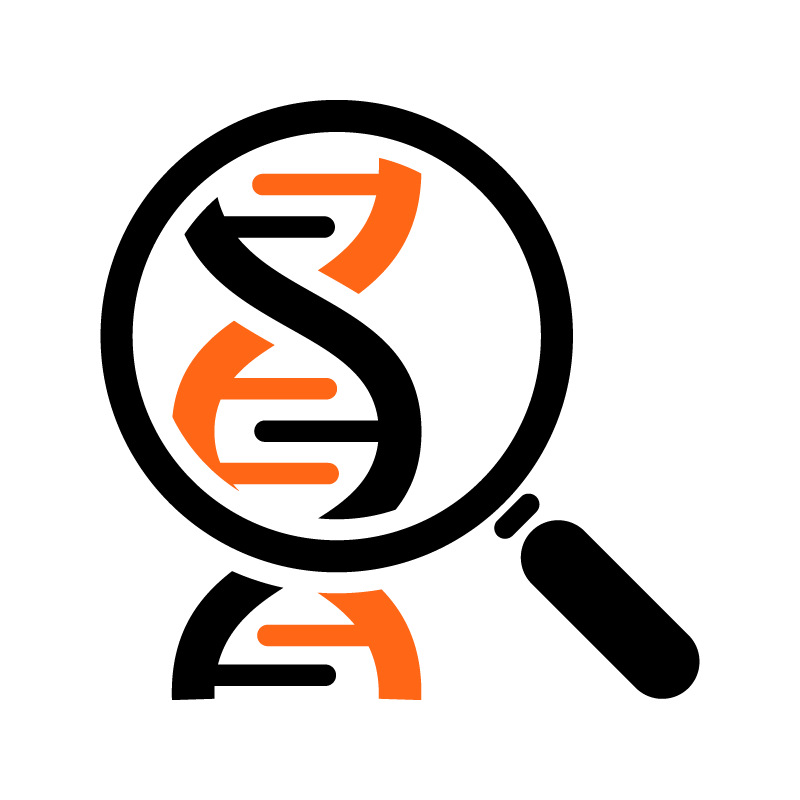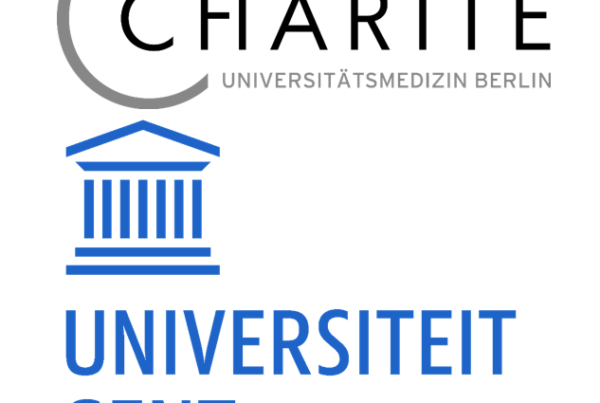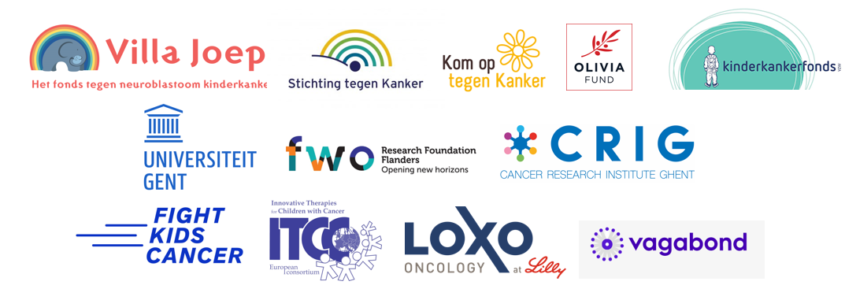Illustration reproduced with permission from The Red Tree by Shaun Tan, Hachette Australia, 2001.
Understanding childhood cancer development for better cures
Using multi-omics technologies, single-cell applications and innovative in vitro and in vivo models, we seek for novel druggable vulnerabilities in pediatric cancers with focus on neuroblastoma.
Research

Exploring novel drugging modalities to target replicative stress in neuroblastoma
Neuroblastoma often shows DNA copy number alterations, especially in chromosomes 1q, 2p, and 17q. We’ve identified RRM2 as a key druggable gene. Combining RRM2 and CHK1 inhibitors shows promise in treatment, revealing neuroblastoma’s reliance on the ATR/CHK1 pathway. Our lab is exploring next-generation inhibitors and using spatial omics to study immune response activation. We also identified other targets on 1q, 2p, and 17q for combination therapies. ALK mutations, present in about 10% of cases, also connect to the ATR/CHK1 pathway, suggesting additional treatment options.

Exploring patient-specific therapies and new drug combinations for pediatric sarcoma using patient avatar models.
Soft-tissue sarcomas, with over 50 subtypes, are rare cancers from connective tissue cells. Even with optimal treatment, over half of high-grade sarcoma patients relapse within two years. Metastatic cases have low response rates (15-20%) to systemic therapy and a median survival of 15 months. Due to their rarity and diversity, large clinical trials are difficult. We aim to identify new treatment targets and synergistic drug combinations using patient-derived avatars.
News





